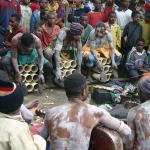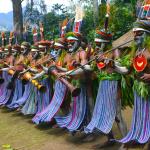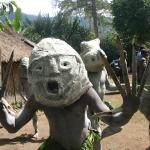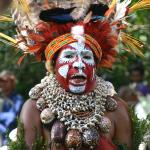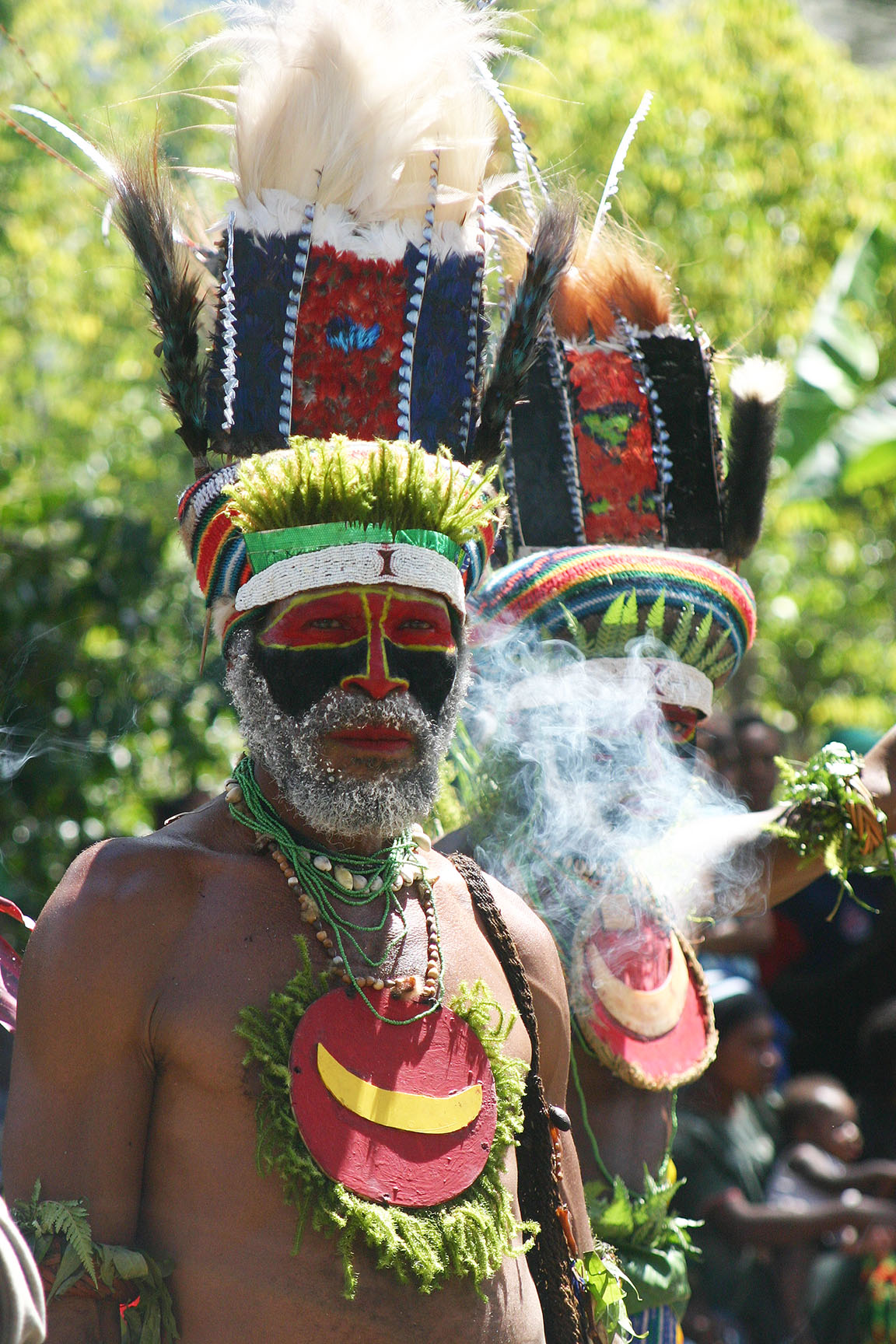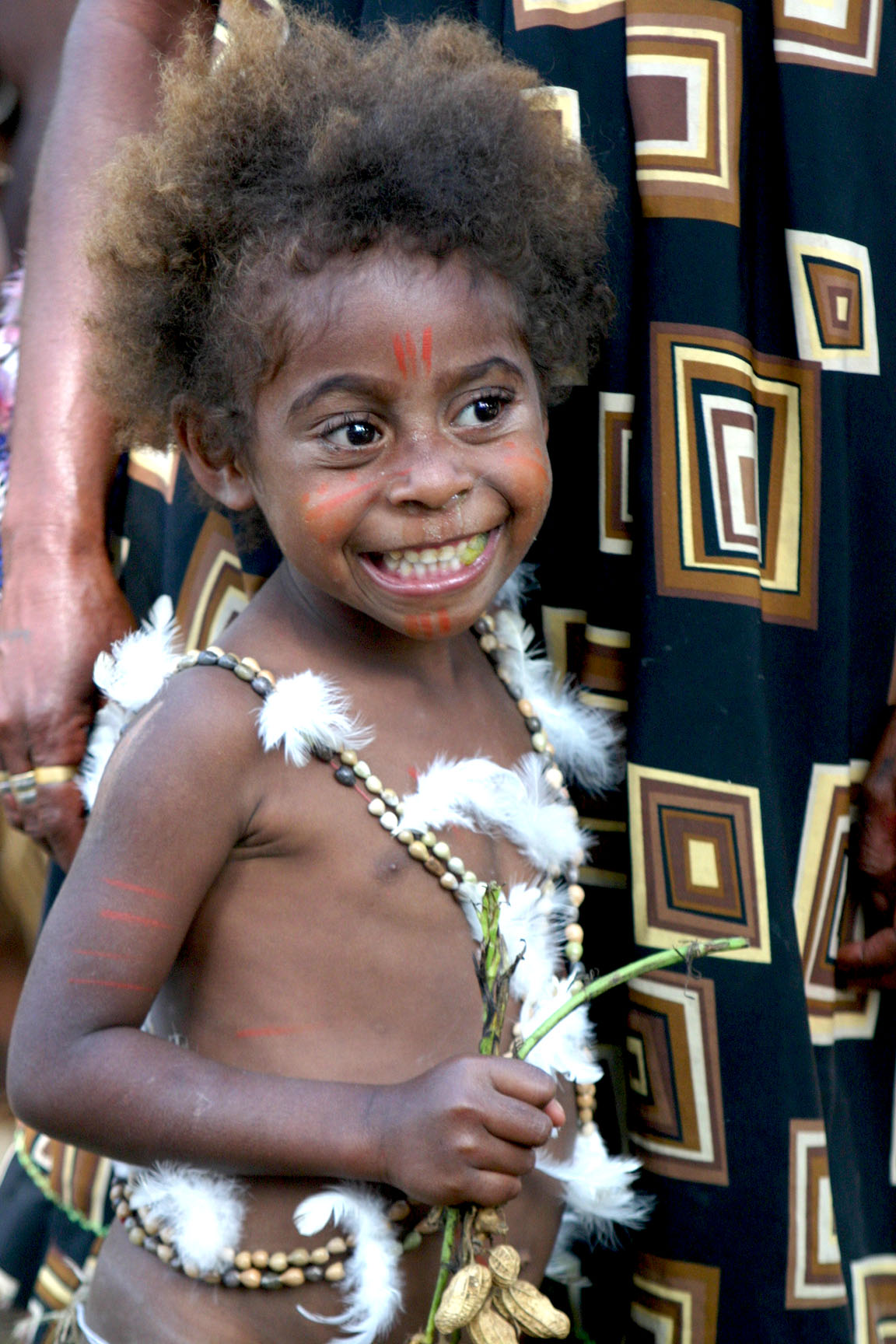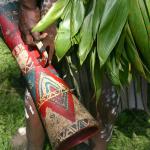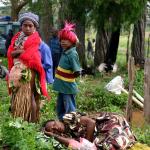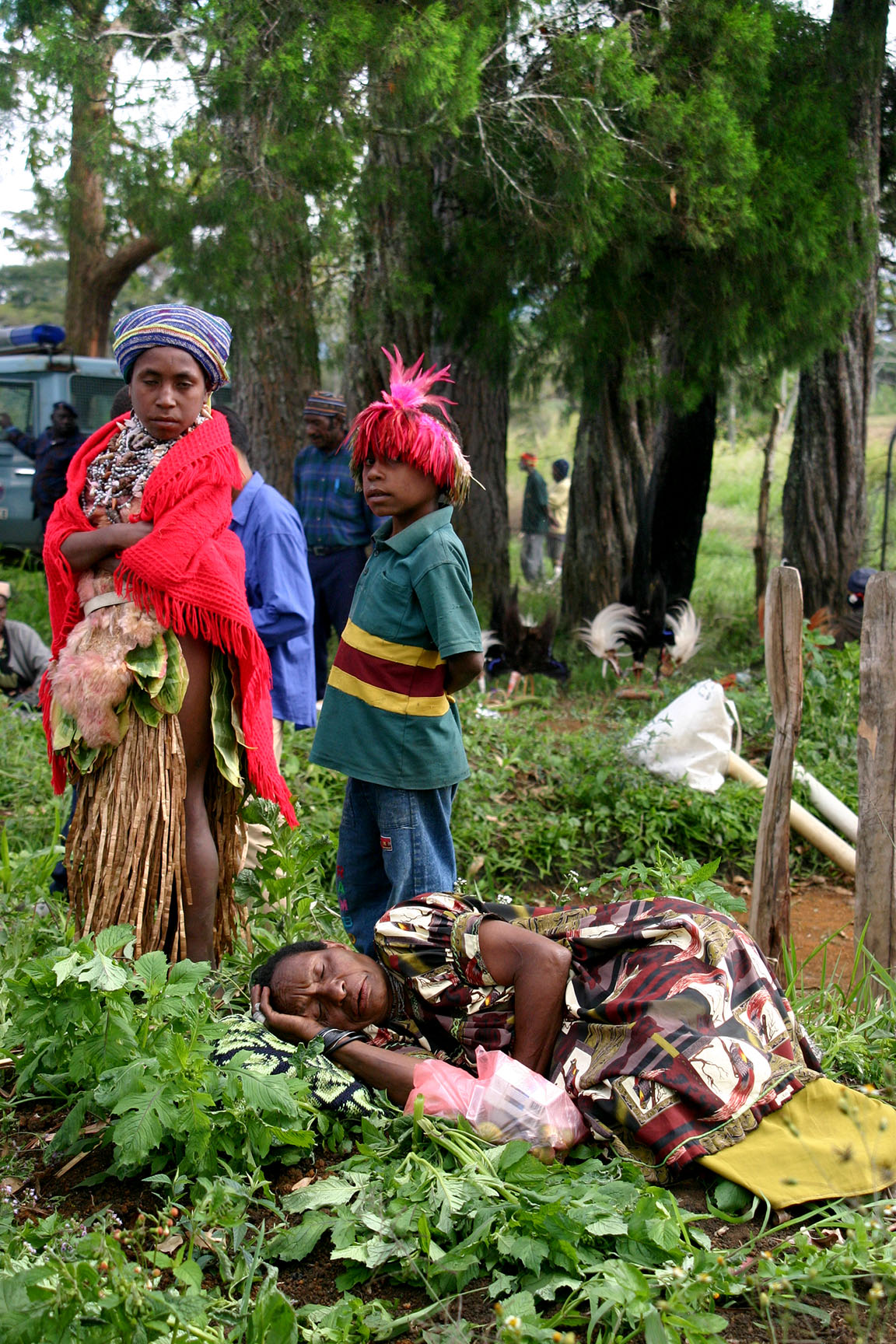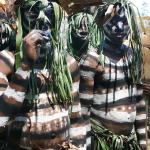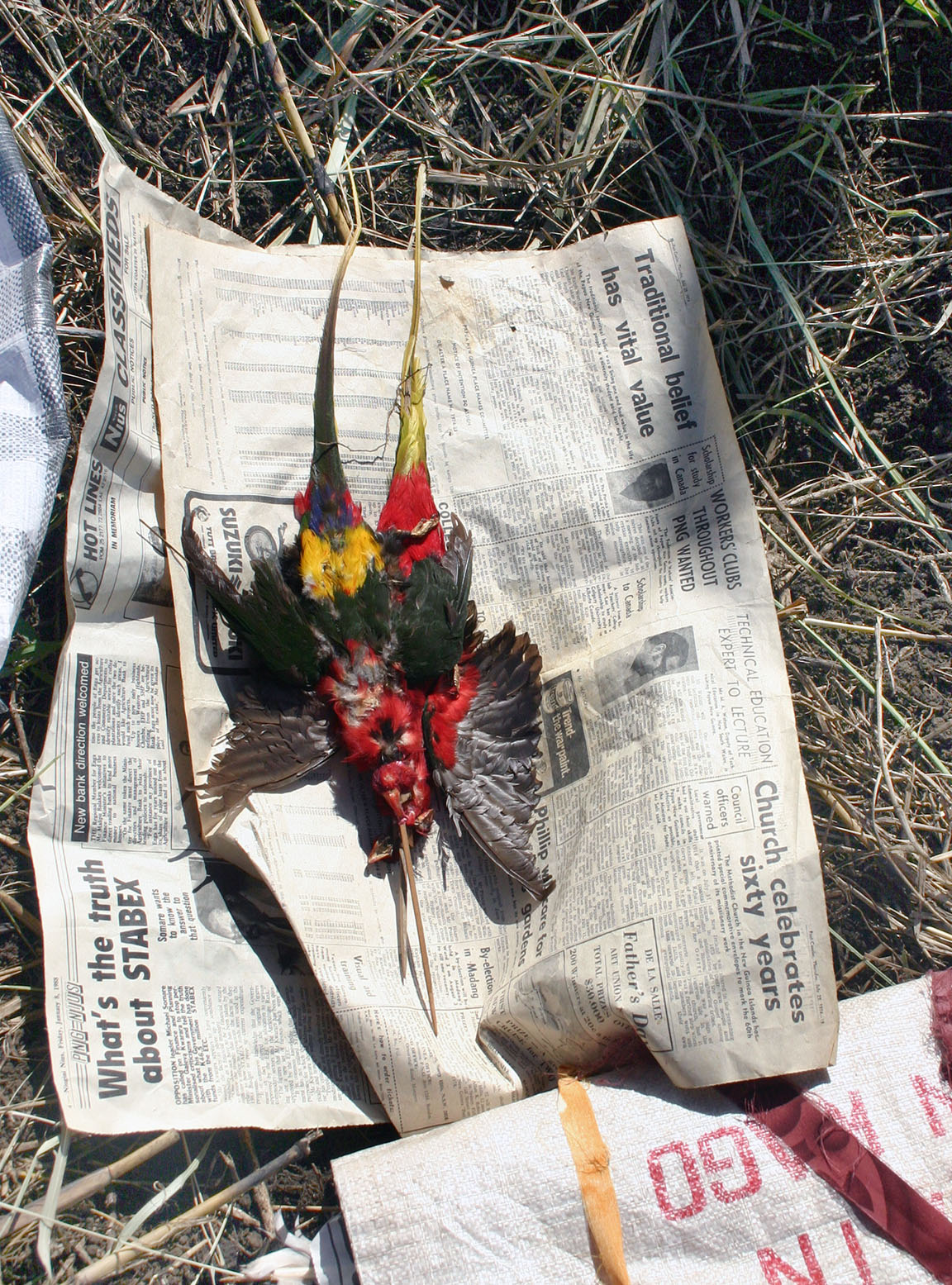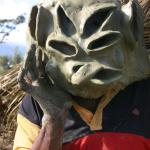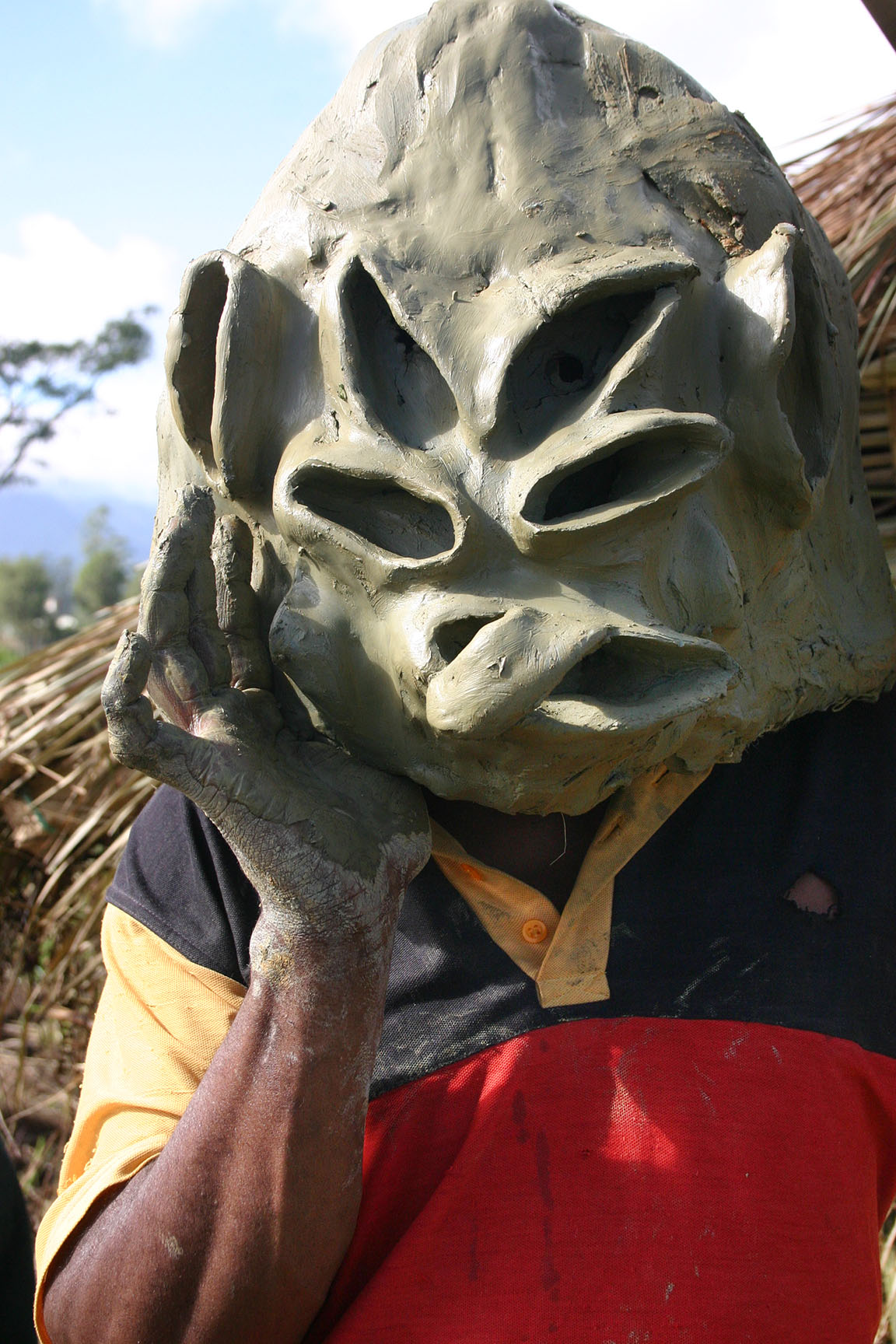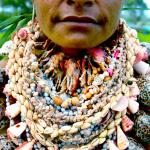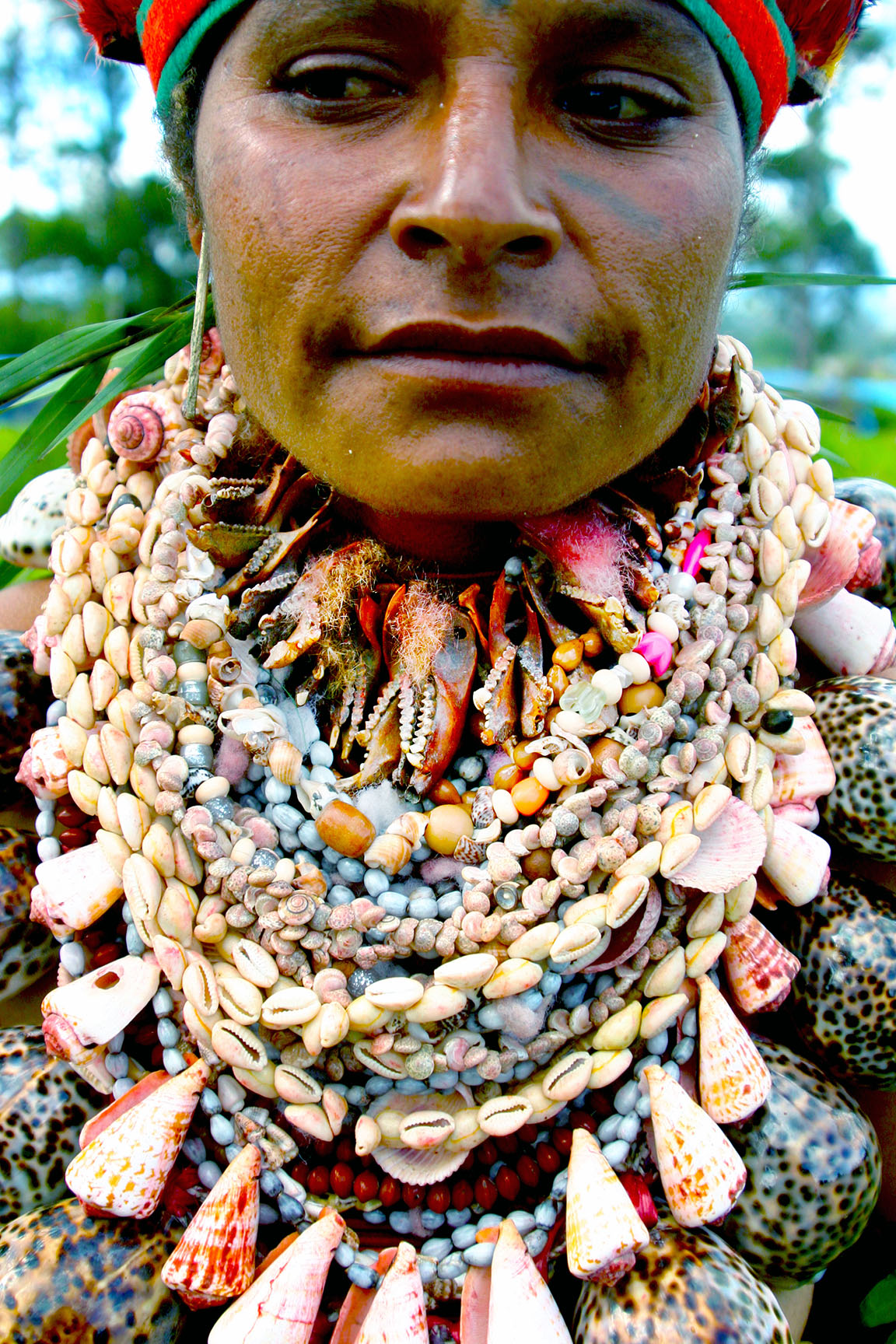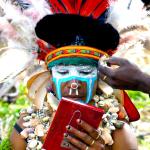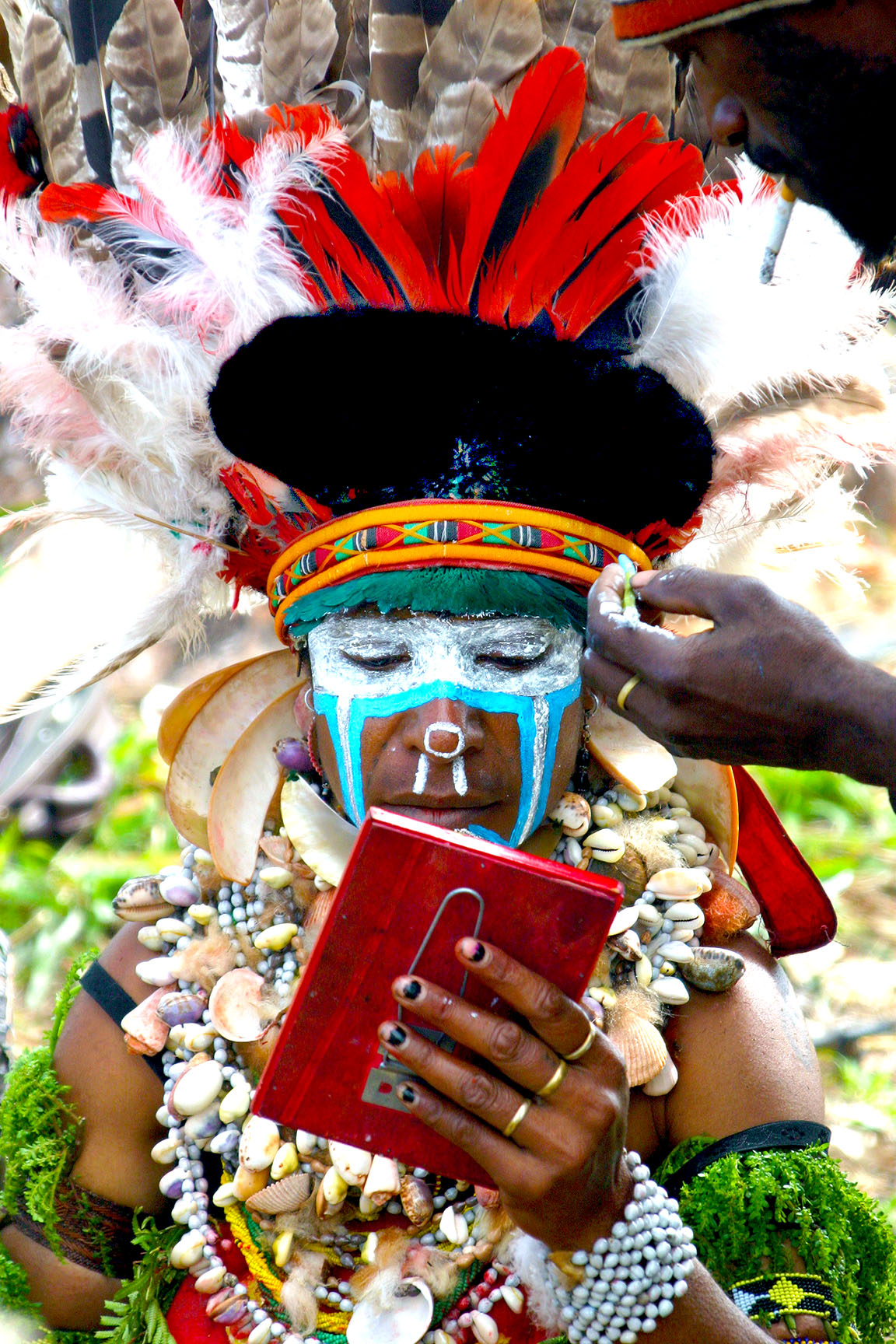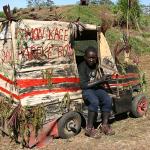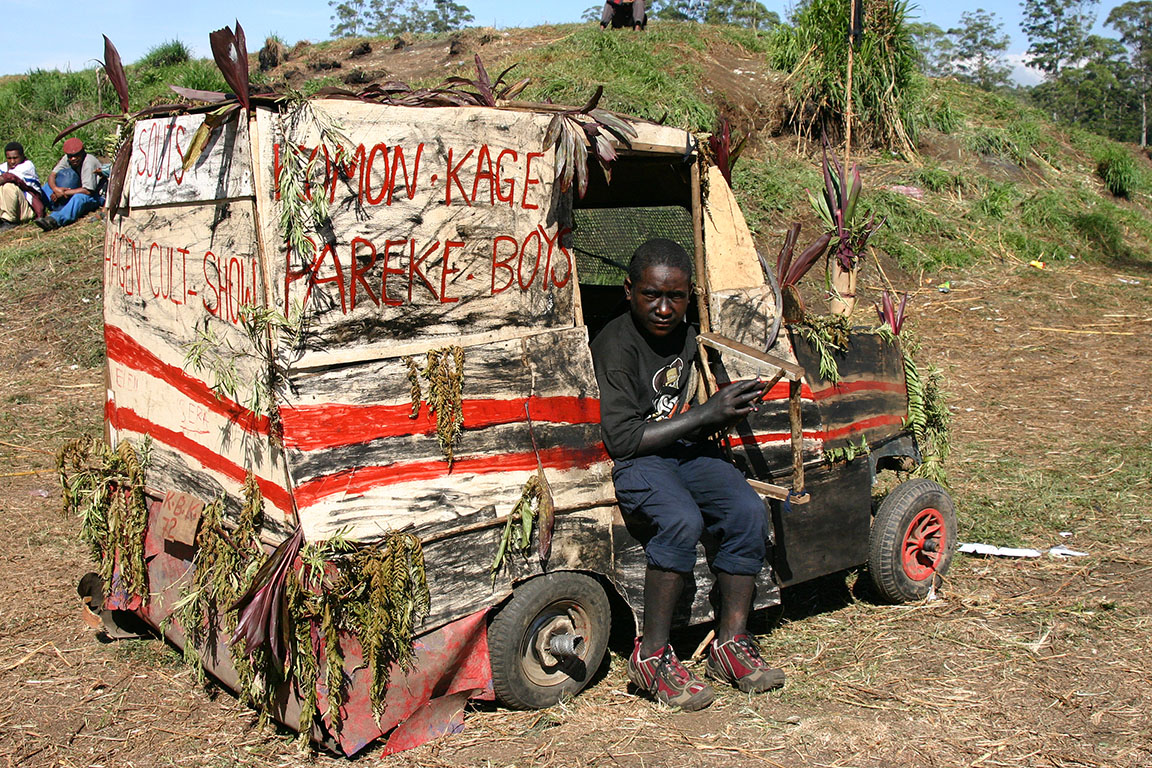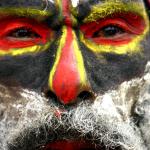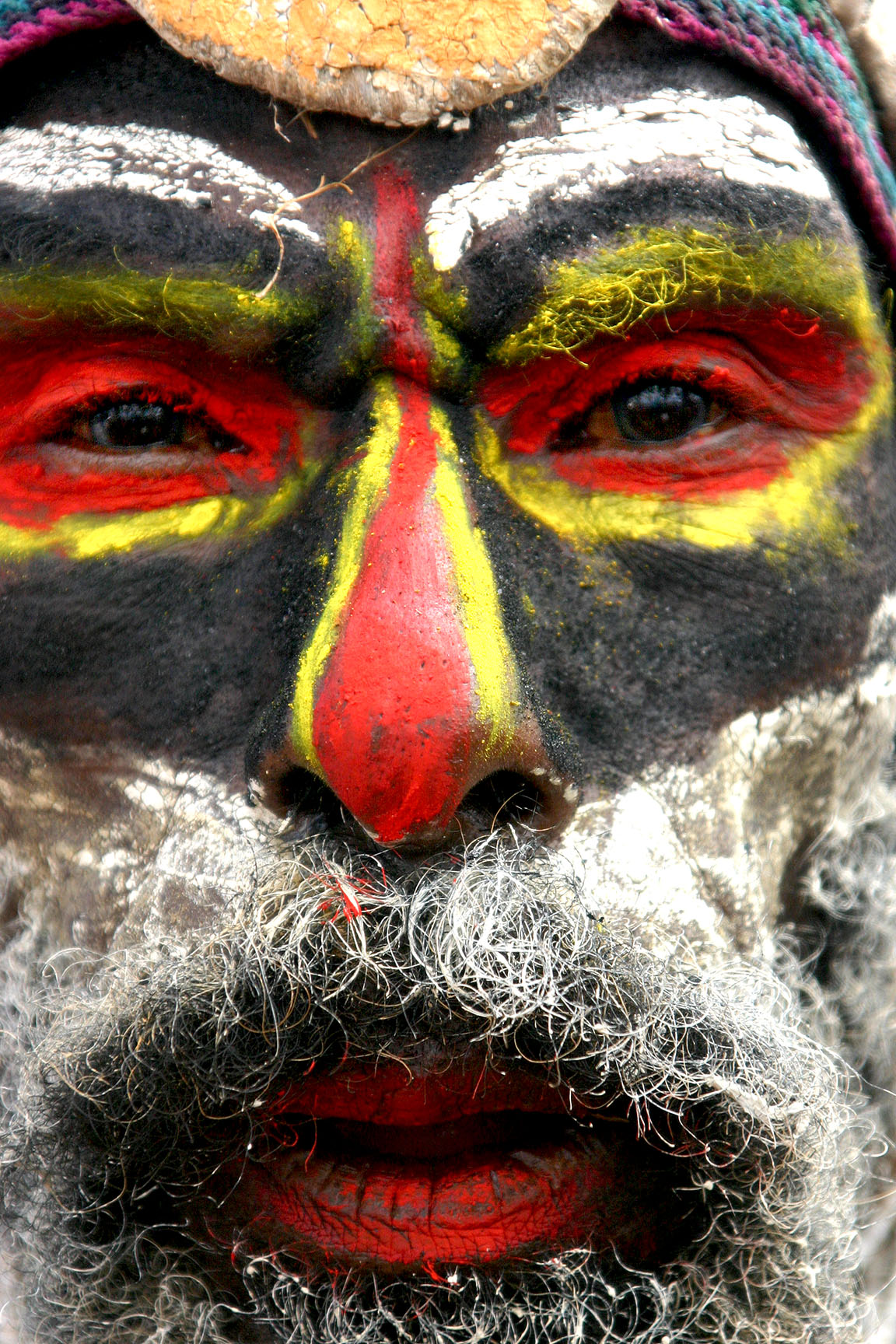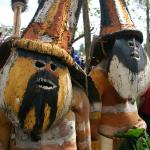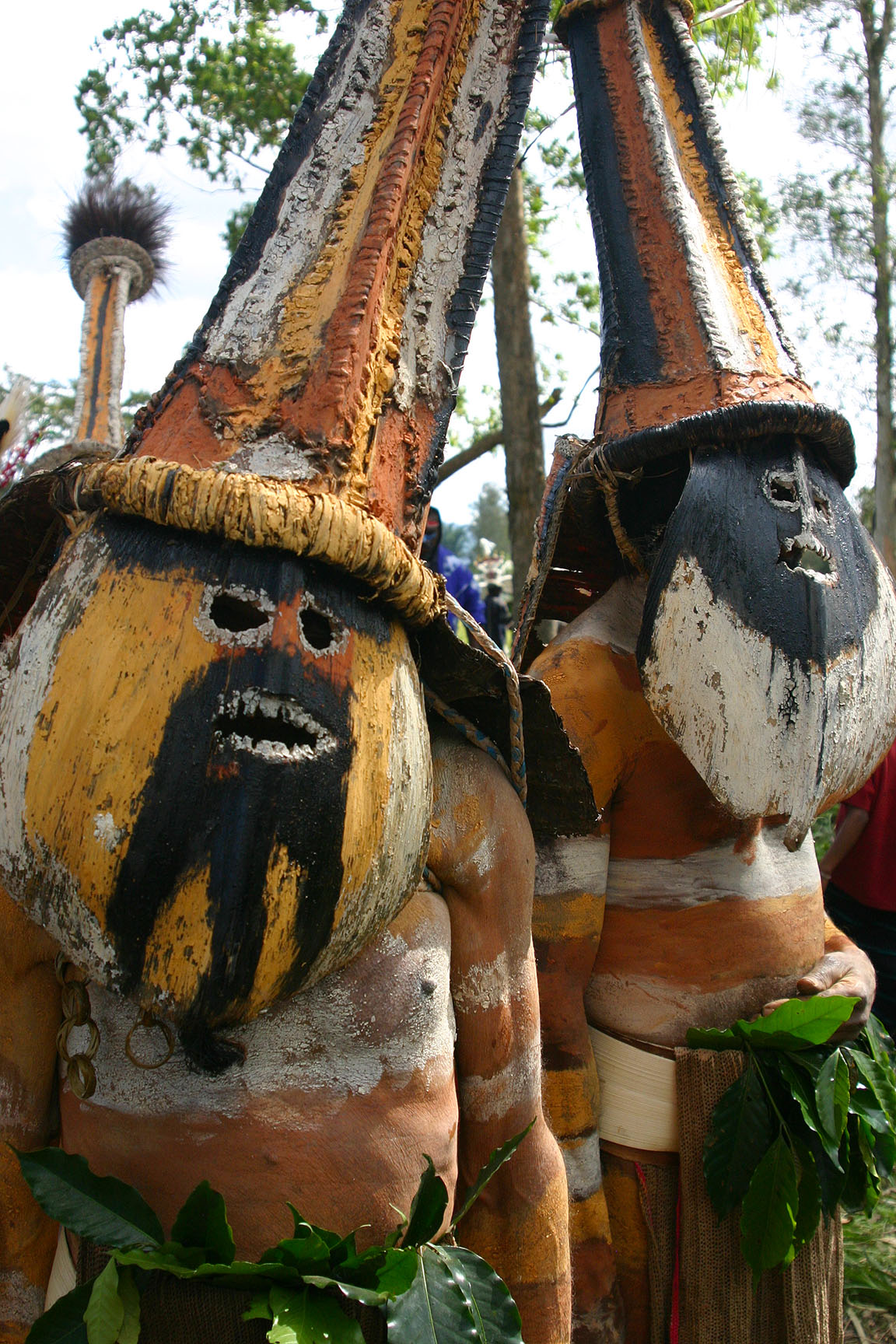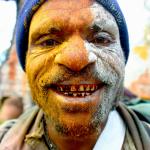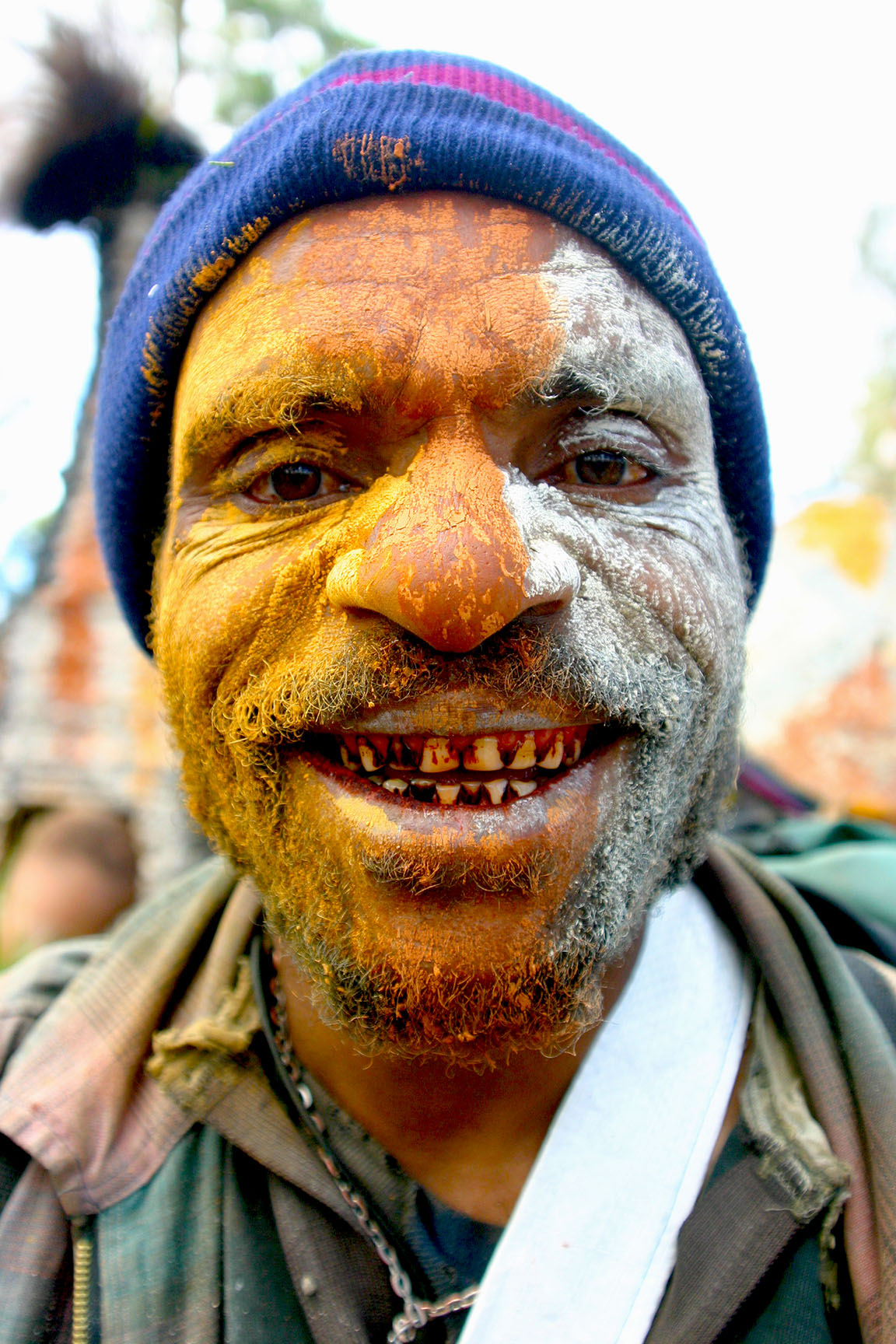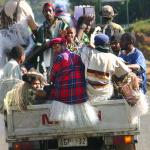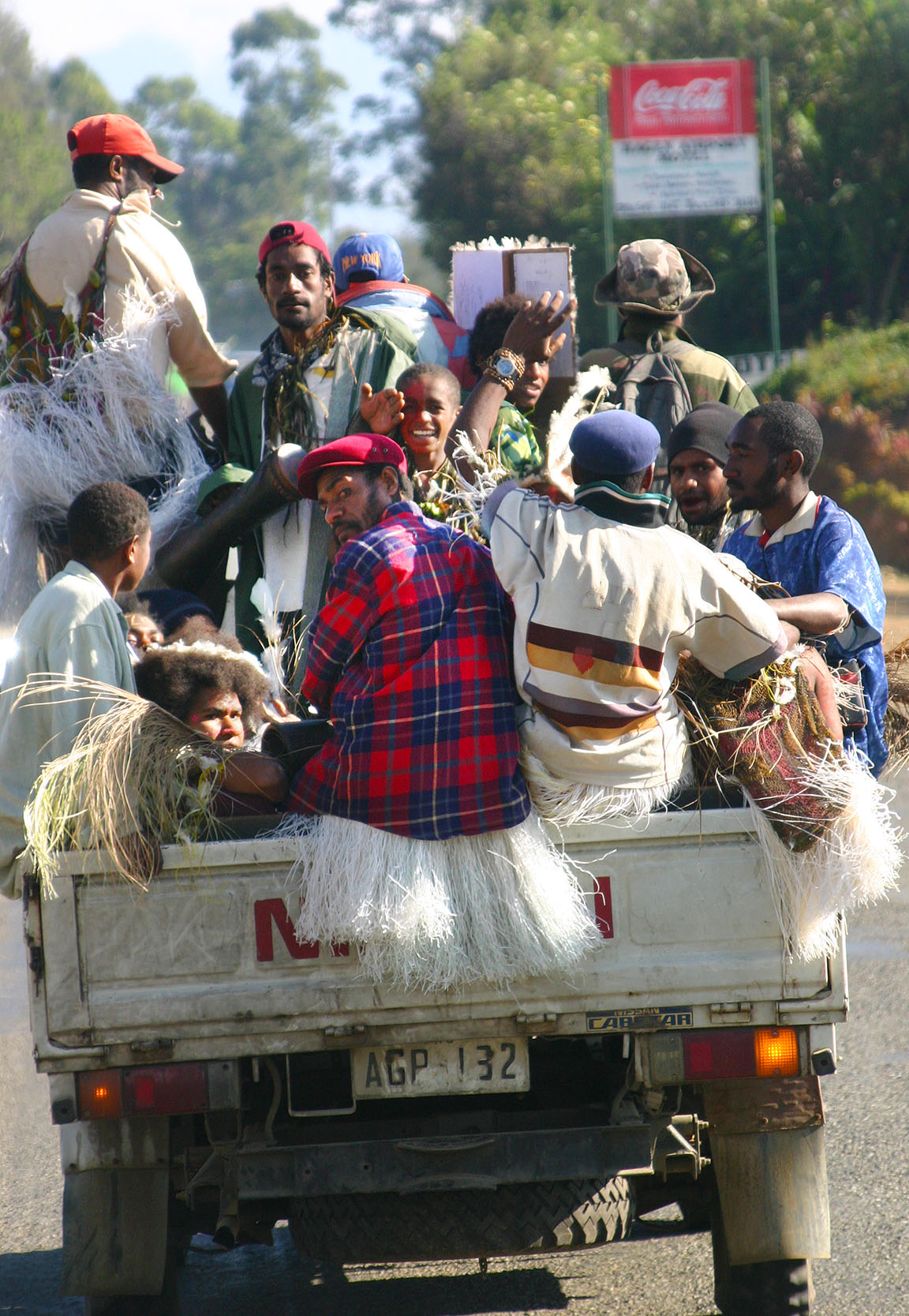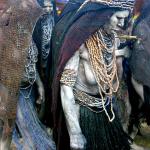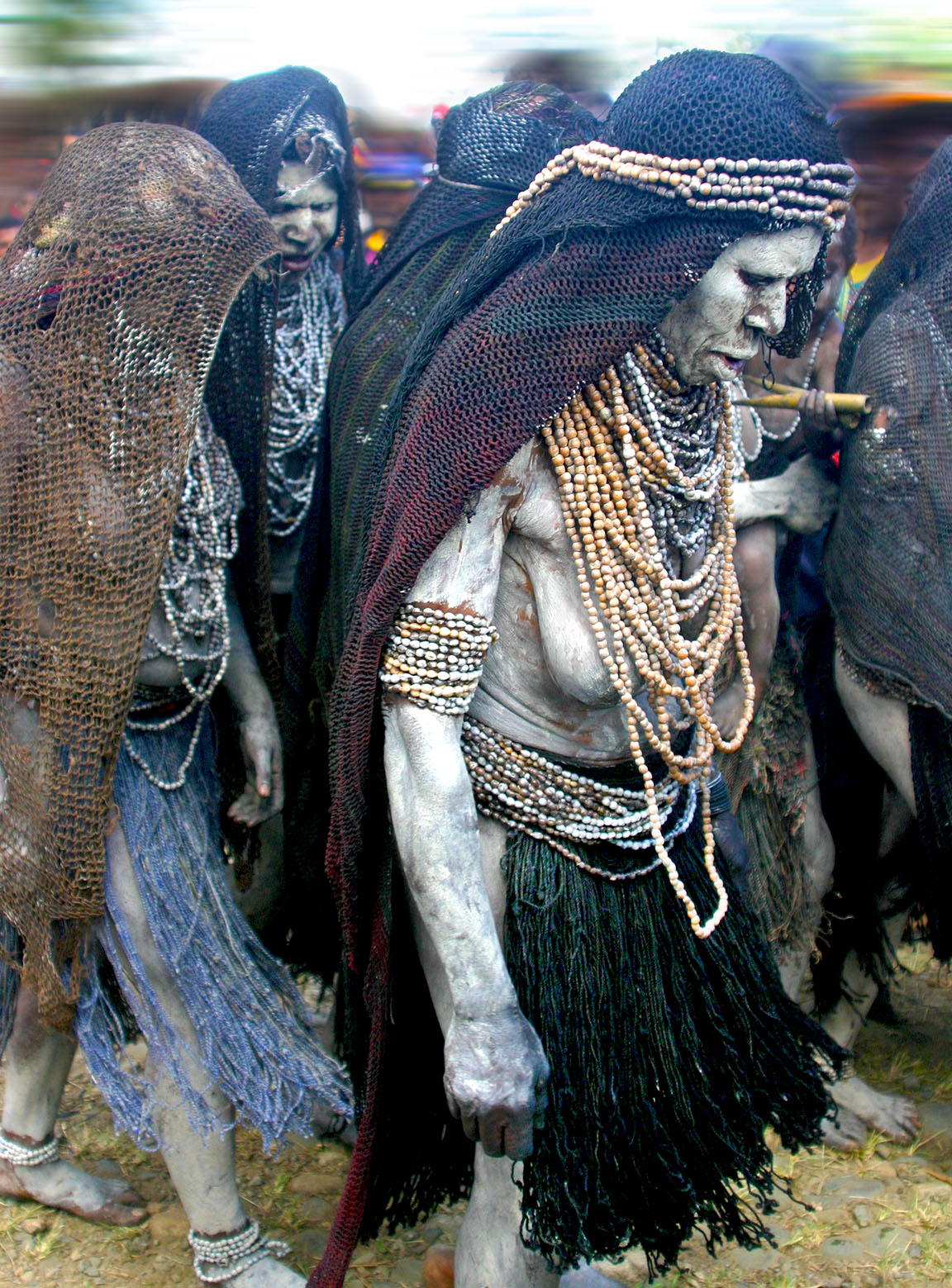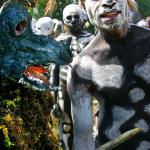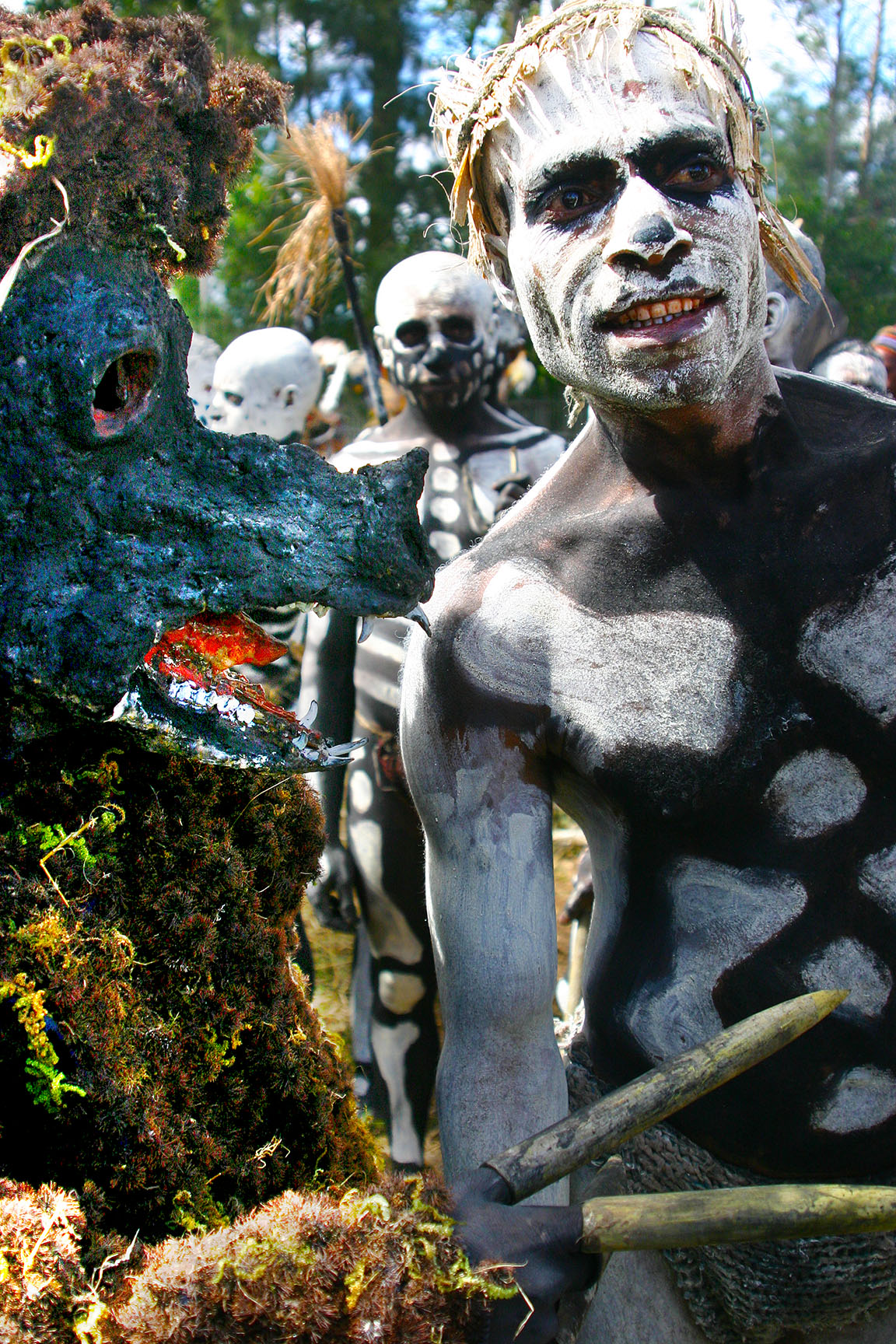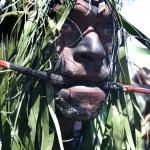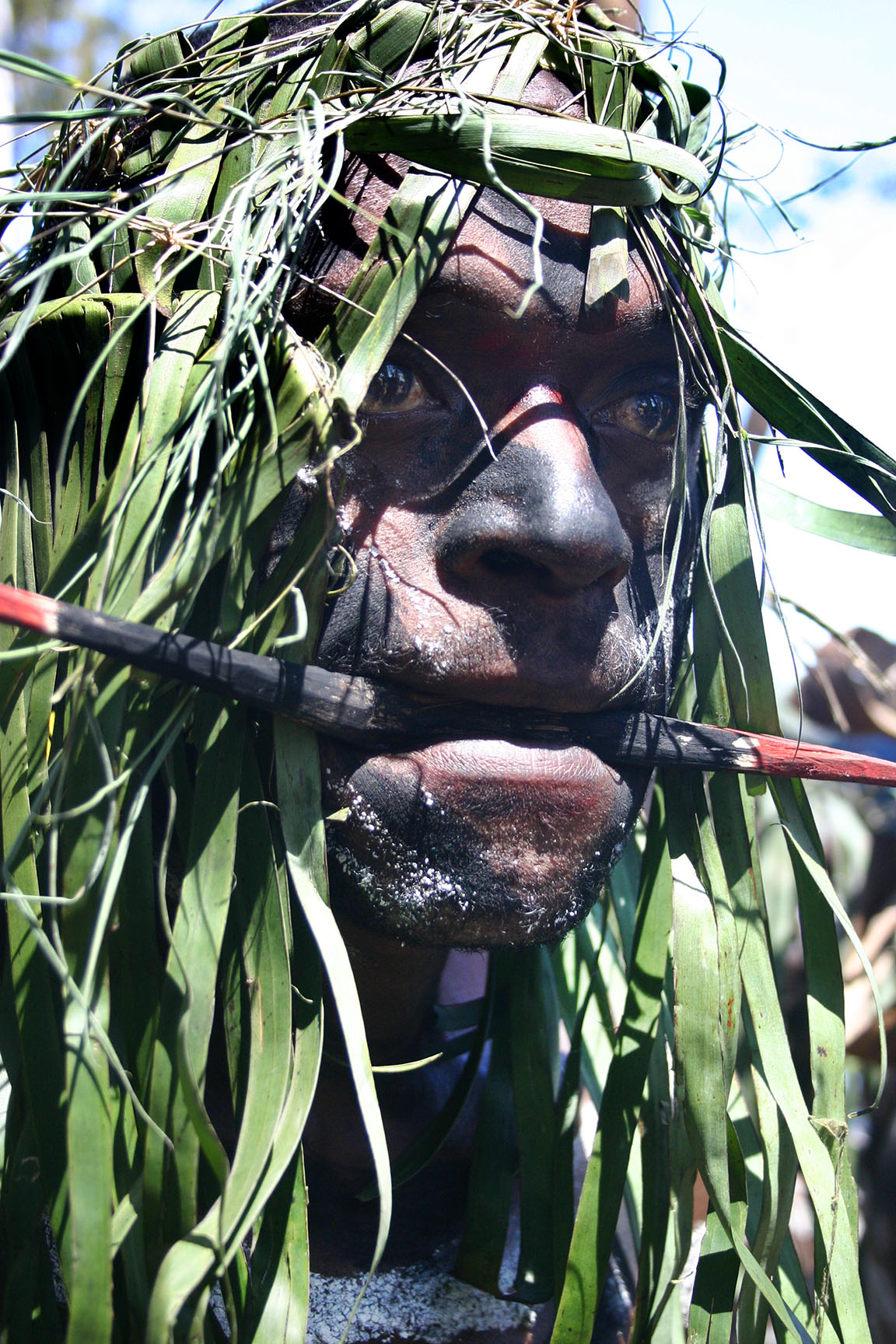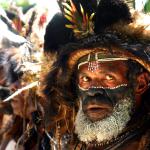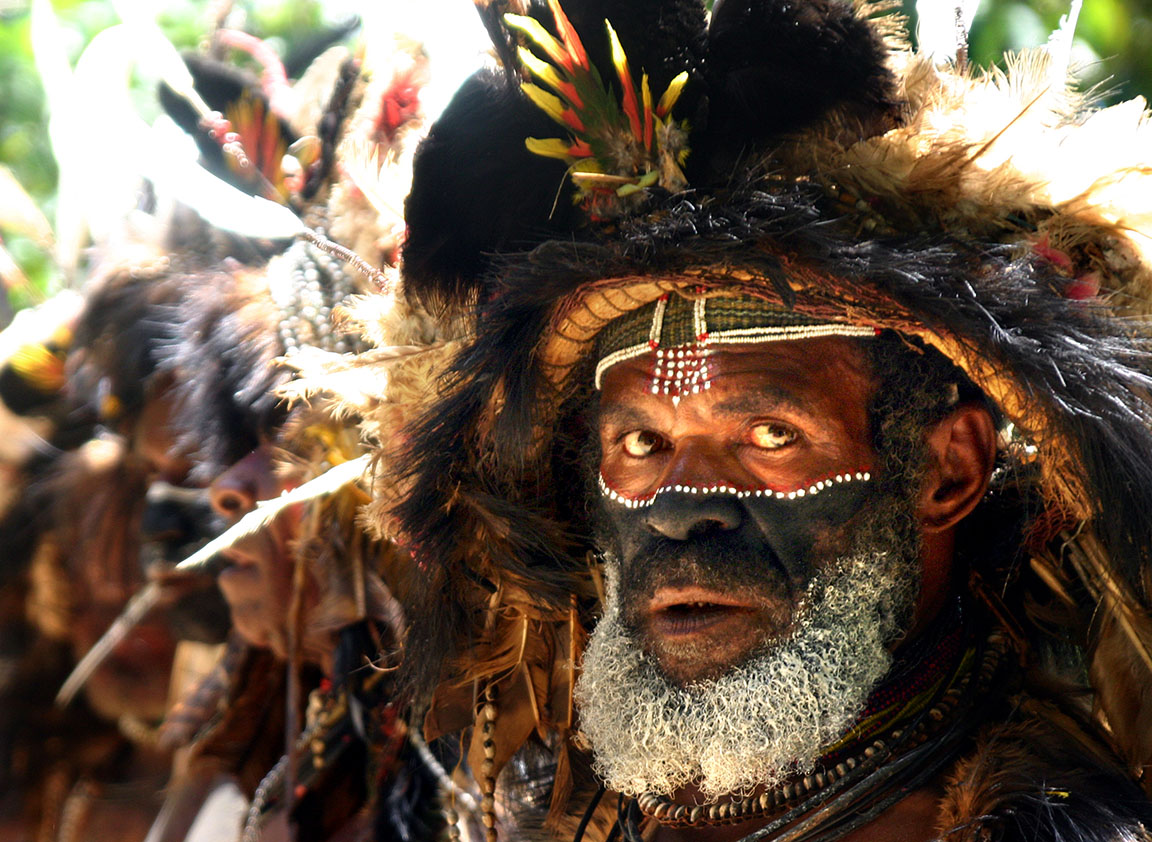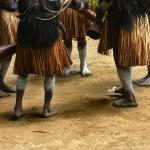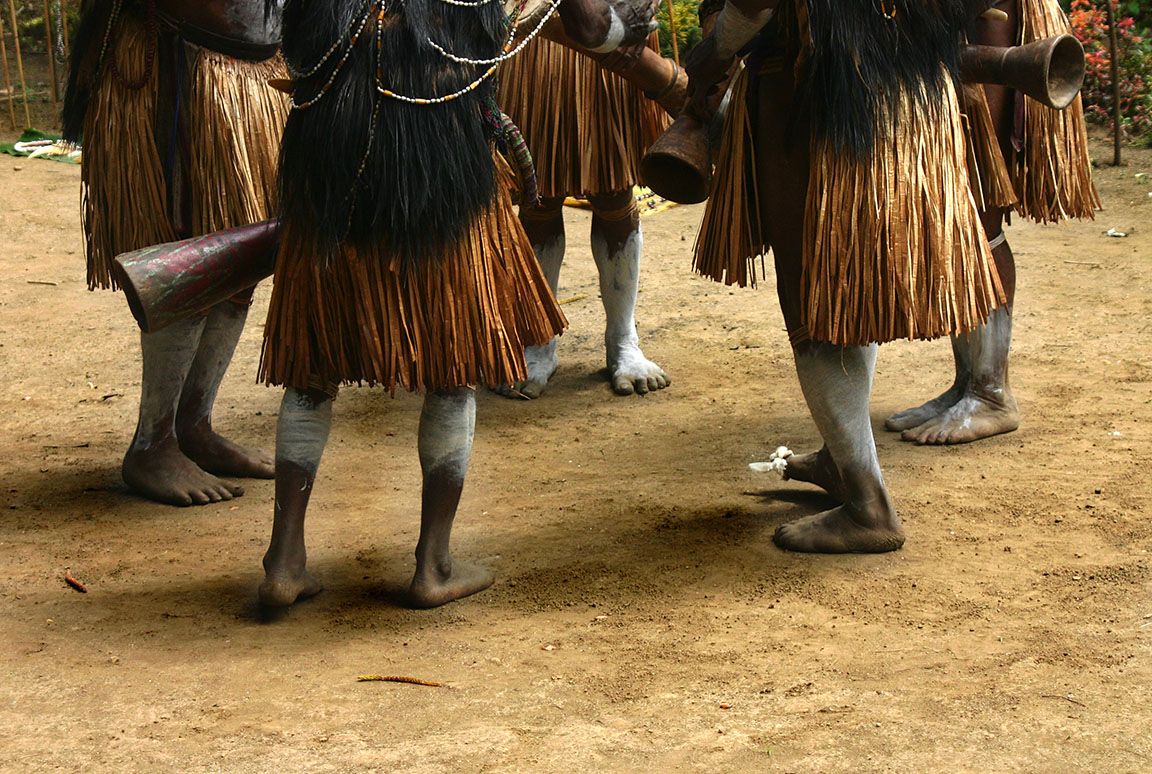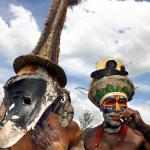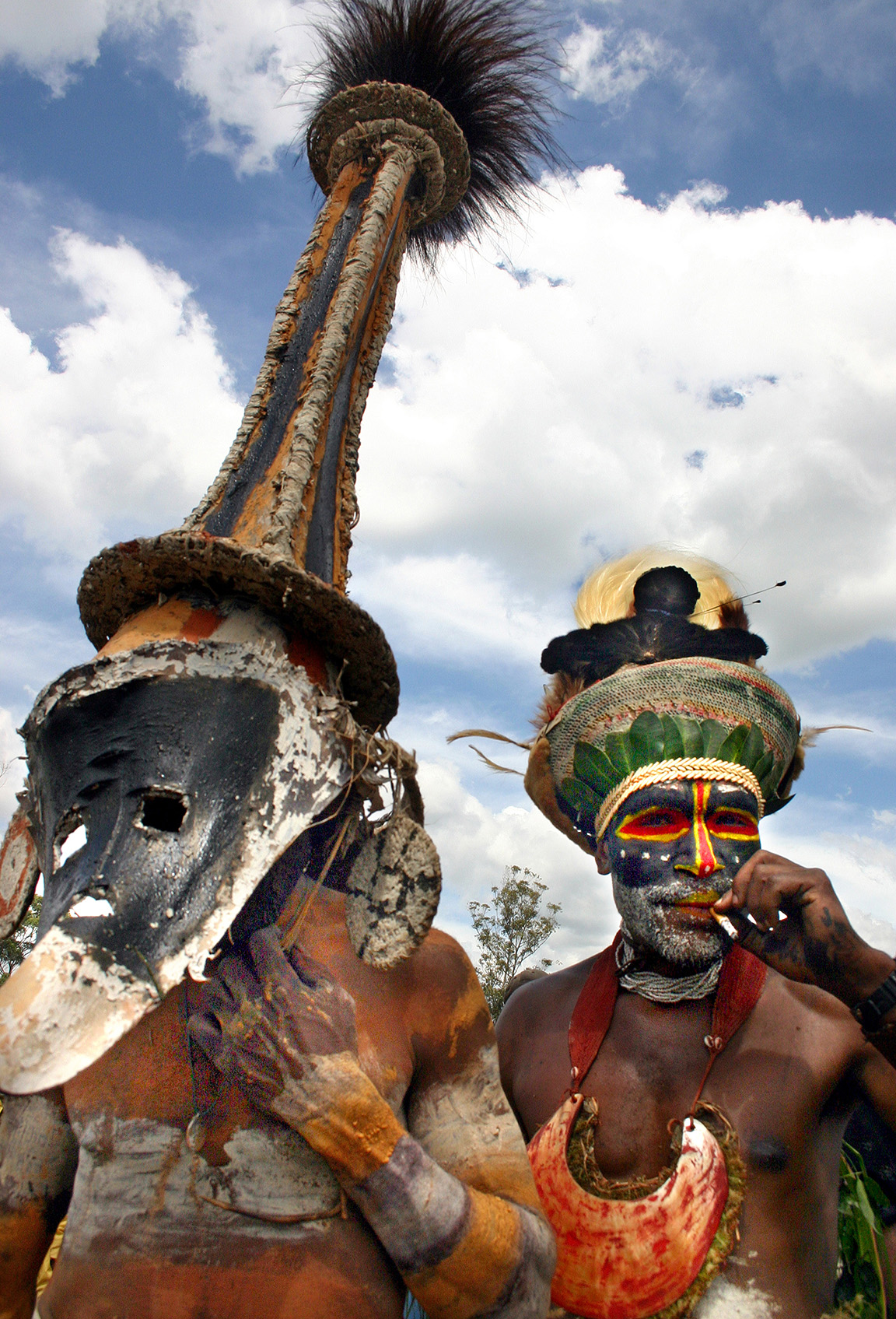Mt. Hagen Sing Sing
I flew with a group to the Mt. Hagen fairgrounds in Papua New Guinea: a tiny blip of a plane, lowered through the clouds onto lush bumpy green hills. And now, free to wander, I watched tribes of visiting performers spill out of trucks, bags in hand, to set up their open-air dressing rooms.
I am sad that, even now, I don’t really know what I witnessed at Mt. Hagen. The Sing Sing began in 1964 as a way to mitigate Papua New Guinea’s incessant tribal rivalries and violence. It continues to this day. Has it worked?
What I did witness was a riotous show of color, imagination, and storytelling.
Wandering the grounds with little knowledge of tok pisin, the unifying language of PNG, conversation was hand gestures and nods. I winced at the chunks of brilliant feathers from endangered birds, but admired the repurposing of grasses, straw and shells.
Guitarists sang in circles, their percussion; piles of plastic water pipes. Children scampered about while their parents applied face and body paint in intricate patterns. As the show began, tourists and local big wigs sheltered on a massive viewing platform.
The field is an orgy of movement and hue. Over the years, some groups, like the Asaro Mudmen, Huli Wigmen, and Chimbu skeleton men, have become the face of Sing Sing. The skeleton men (and boys) chased and caught an earth-clad, bear-like monster who must have been dying in the heat.
If time allowed, I would return to find out what happened next.

